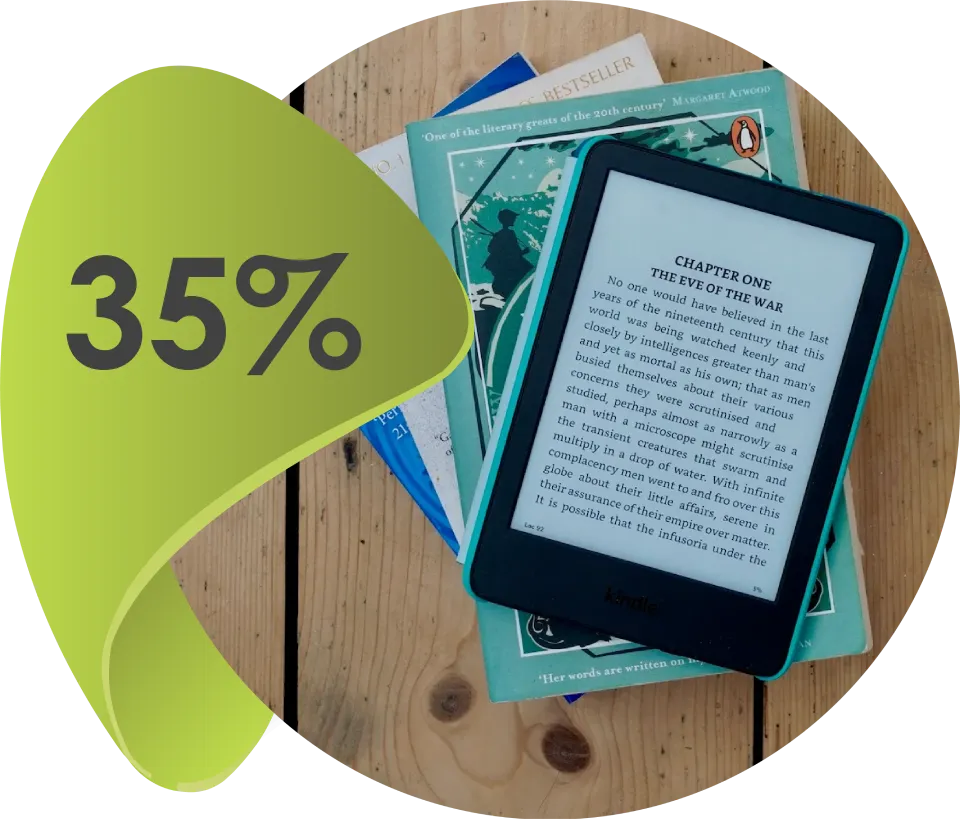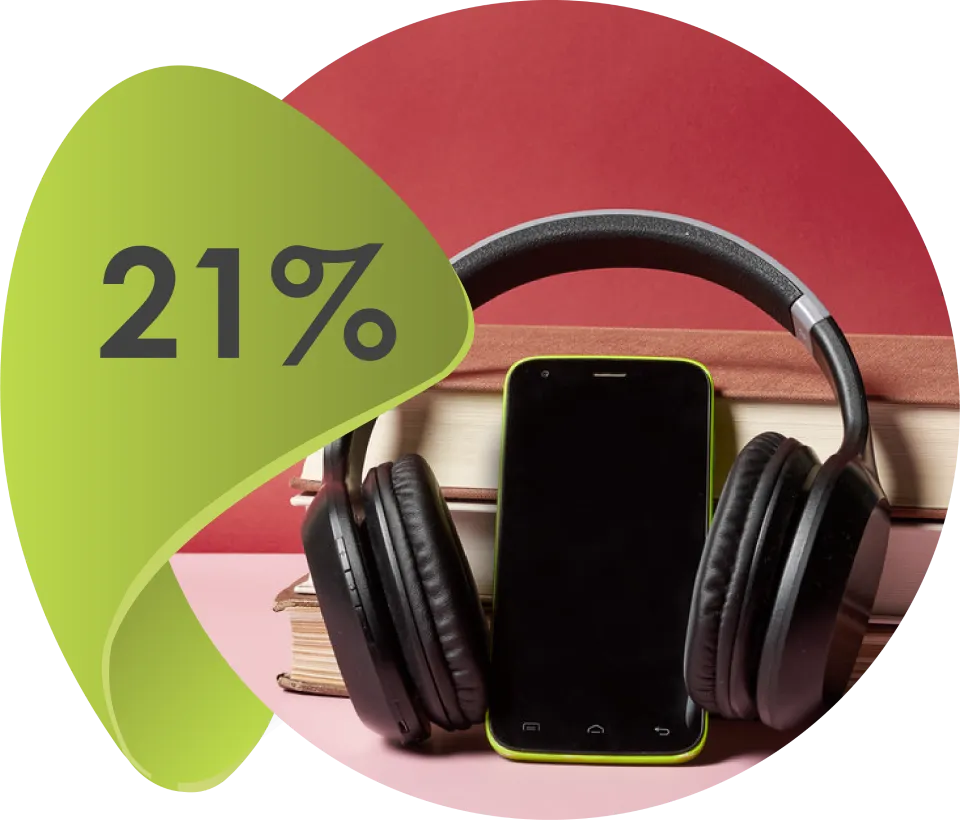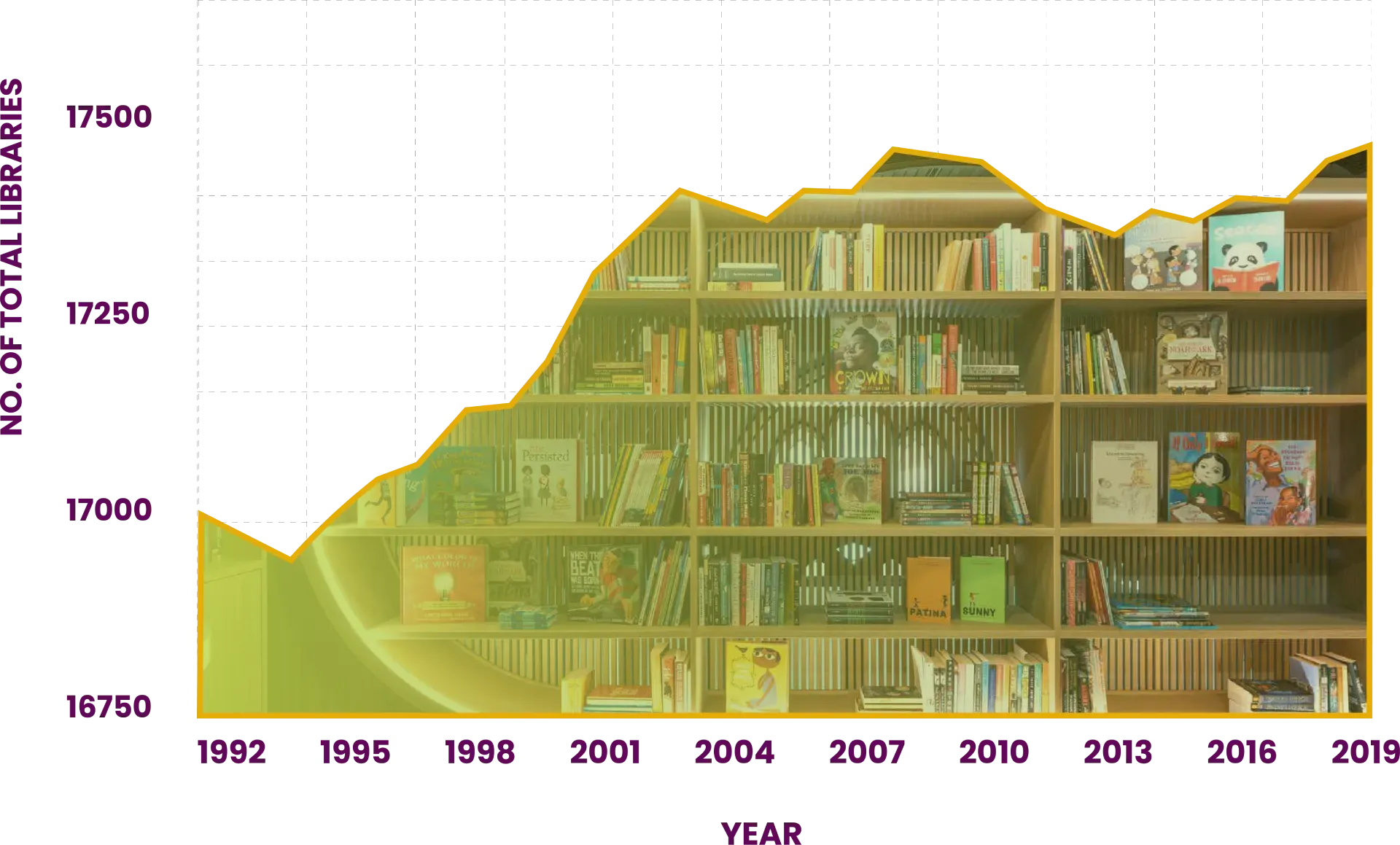Beyond Books: How Public Libraries Are Expanding Their Offerings in the US
21-Mar-2023
The Popularity of Libraries has Surged
Due to the Strong Shift Towards Digital
The Popularity of Libraries has Surged Due to the Strong Shift Towards Digital
Libraries are adapting to the digital age while also rethinking how they use their physical space to better serve their communities. The total library collection use reached a record high of 2.98 billion in 2019, growing 15.96% since 2013. This is due to the 153.16% growth in digital collection use from 302 million in 2013 to 1.15 billion in 2019.
Despite the decrease in physical collection use, registered borrowers at public libraries have been consistently growing, increasing 7.60% since they began measuring this metric in 2006.
The number of registered borrowers has reached a record high of 174.23 million as of 2019, which means that 53.52% of all Americans are registered borrowers at a public library. Registered borrowers are more active than ever, with an average collection use of 16.85 items in 2019, up 10.77% from 2014.

The total collection size at public US libraries grew 113.34% since 2009, reaching its peak of 1.88 billion in 2018, before stabilizing at 1.77 billion in 2019. Digital collections account for more than half of all collections in 2018 (56.28%) and 2019 (54.75%).
Library Collection Distribution

The number of books in library collections reached its peak of 816 million in 2008 and then began a steady decline, dropping 15.08% to 693 million books in 2019. Ebooks account for more than a third of all library collections (35%) while books have declined from 91% in 2003 to 39% in 2019.
Digital collection use accounts for more of total collection use than ever (37.39%), having more than tripled since 2013 (11.74%). Meanwhile, physical collection use has dropped to accounting for only 62.61% of all collection use, down from 88.26% in 2013.1
Digital Collection Use
Increased by 121.64%
Distribution of Library Collection by Format

Books

E- Books

Audio

Video
As libraries adapt to the changing needs of their communities, they are finding new ways to utilize their physical space by offering diverse and engaging programs. This has led to a significant increase in the number of programs offered at public libraries. In 2019, there were a total of 5.9 million programs, which is more than double the number offered in 2004, and an increase of 32.09% since 2014.
The majority of these programs are geared towards children, with 3.1 million programs held specifically for kids in 2019. Young adult programs have been growing at a faster rate, with a 40.65% increase since 2014, reaching a peak of 0.59 million programs in 2019.
On average, there are 9.63 library programs per 1,000 people in the US. The average library ran 31.44% more programs per year in 2019 compared to 2014.
Attendance at these programs has also increased significantly, with a total of 125.55 million attendees in 2019, up 23.06% since 2014, and nearly double the attendance in 2004. The rising attendance of these programs now accounts for 10.01% of all visits to libraries, which is an 84% increase from 2009.

Libraries are not only a source of a vast collection of materials and programs but also play an important role in meeting the technology needs of their communities. With 300,338 computers available, 224 million people were able to log a session at their local library. Over the past decade, the number of computers available in libraries has increased by 332.6%, indicating a growing commitment to bridging the technology gap.
Libraries are constantly expanding their technology offerings to meet the evolving needs of their communities. Besides providing basic access to computers and the internet, libraries are now offering a diverse range of technological resources such as 3D printing, audio and video design studios, web design and development software, and even gaming platforms.
Closing the Digital Divide:
Libraries Provide Computer
Access to
224 Million
People

There are 17468 public libraries in the US, including central libraries, branch libraries, and bookmobile. The US has an average of 5.37 libraries per 100,000 people, with an average of 349 libraries per state. The five states with the most libraries had an average of 954.6 libraries which is 1359.63% more than the average of the five states with the least libraries.
More Libraries Than Ever Before






